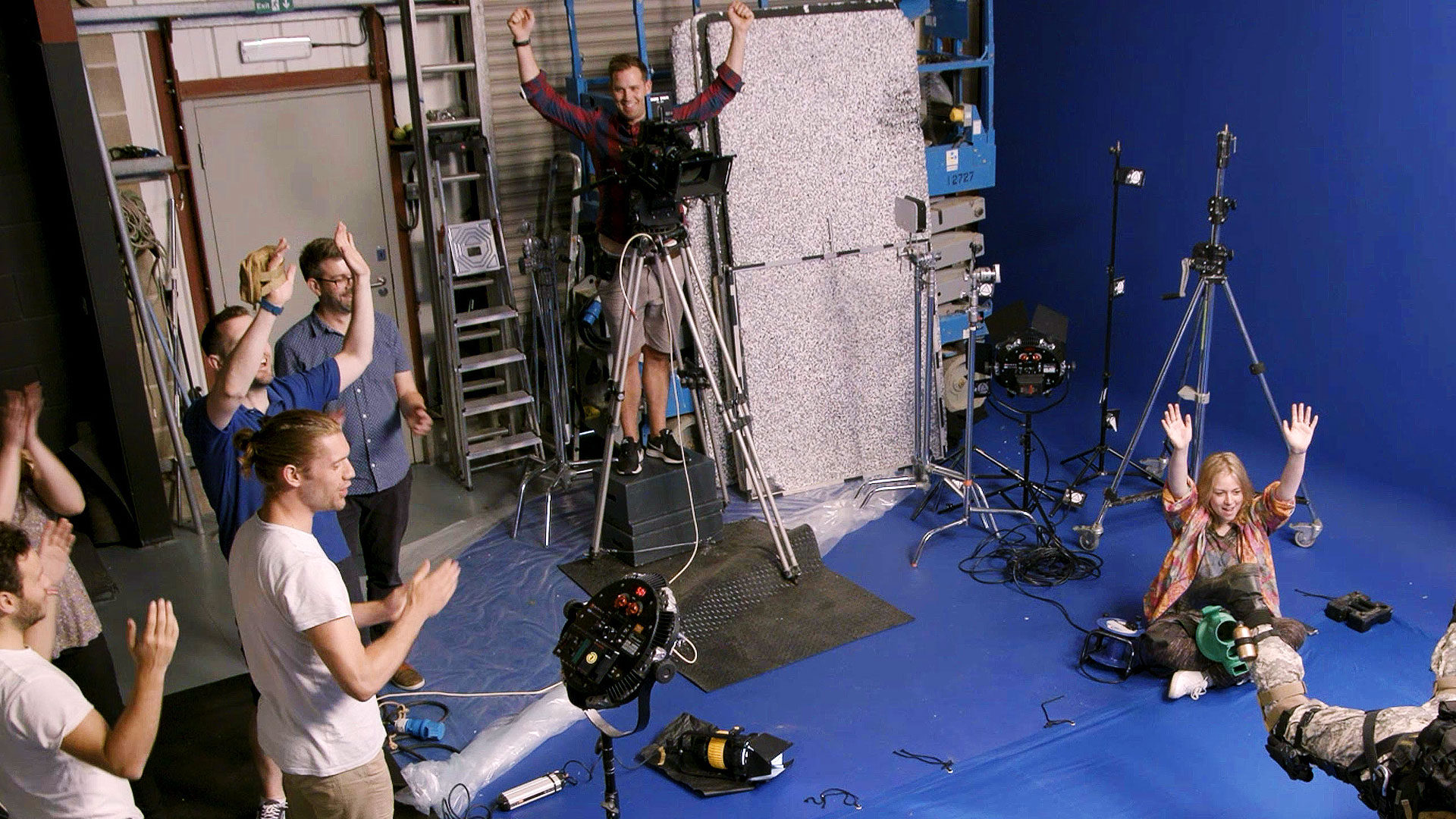The allure of filmmaking is undeniable. The collaborative spirit, the creative expression, the magic of transforming a script into a visual masterpiece – it’s no wonder aspiring filmmakers dream of bringing their stories to life on the silver screen. But behind the dazzling lights and captivating performances lies a crucial element often overshadowed in the excitement:
Safety First: Ensuring a Secure and Smooth Movie Production.
A successful film production hinges not just on artistic vision but also on a rigorous commitment to safety. From bustling sets teeming with crew members to intricate stunts and elaborate special effects, movie sets can harbor a multitude of potential hazards. This comprehensive guide equips filmmakers of all experience levels with the knowledge and best practices to prioritize safety first throughout the filmmaking process.
Setting the Scene for Safety: Pre-Production Considerations
Safety first starts long before the cameras roll. Here are some crucial steps to integrate safety into your pre-production process:
- Risk Assessment: Conduct a thorough risk assessment for your entire production.
- Safety Plan Development: Develop a comprehensive safety plan that outlines risk mitigation strategies.
- Location Scouting with Safety in Mind: Prioritize safety when scouting filming locations.
- Hiring Qualified Crew: Assemble a team that prioritizes safety.
- Personal Protective Equipment (PPE): Provide crew members with appropriate PPE based on their roles.
By meticulously planning for safety during pre-production, you establish a strong foundation for a secure and smooth movie production.
Action! Prioritizing Safety on Set
With the cameras rolling, maintaining a safe and secure production environment becomes paramount. Here are key practices to integrate on set:
- Safety Meetings: Conduct regular safety meetings with the entire cast and crew.
- Stunt Coordinator Expertise: Involve a qualified stunt coordinator when filming stunts.
- Special Effects Safety Measures: Collaborate with experienced professionals for special effects.
- Clear Communication and Hierarchy: Establish a clear communication hierarchy on set.
- Working Hours and Fatigue Management: Maintain reasonable working hours for cast and crew.
- First Aid and Medical Attention: Have a first-aid kit readily available on set.
Remember: Safety first is not a suggestion; it’s a non-negotiable priority.

Safety Beyond the Set: Considerations for Post-Production
Even after the final scene is filmed, safety first remains crucial. Here are some post-production safety considerations:
- Stunt Footage Review: Review stunt footage carefully to ensure safety protocols were followed.
- Prop and Equipment Storage: Safely store props, equipment, and hazardous materials.
- Mental Health and Well-being: Be mindful of the mental and emotional well-being of cast and crew.
- Wrap Party Safety: Prioritize responsible alcohol consumption at wrap parties.
- Post-Production Safety Debriefing: Conduct a post-production safety debriefing to discuss any incidents that occurred during filming.
Safety first is an ongoing commitment, extending throughout all phases of filmmaking.
Lights, Camera, Action – A Culture of Safety
Safety first is not just a checklist; it’s a core value that permeates every aspect of a successful film production. Here’s how to cultivate a culture of safety on set:
- Lead by Example: Prioritize safety in your decision-making.
- Open Communication: Encourage open communication about safety.
- Safety Recognition and Appreciation: Recognize crew members who prioritize safety.
- Continuous Learning and Improvement: Encourage crew members to attend safety workshops.
By fostering a culture of safety first, you create a film set where everyone feels valued, respected, and empowered.
In conclusion, prioritizing safety first is not just an ethical responsibility; it’s a strategic decision that benefits every aspect of filmmaking. Remember, the magic of cinema is best experienced when everyone involved returns home safely after the final scene is filmed.



